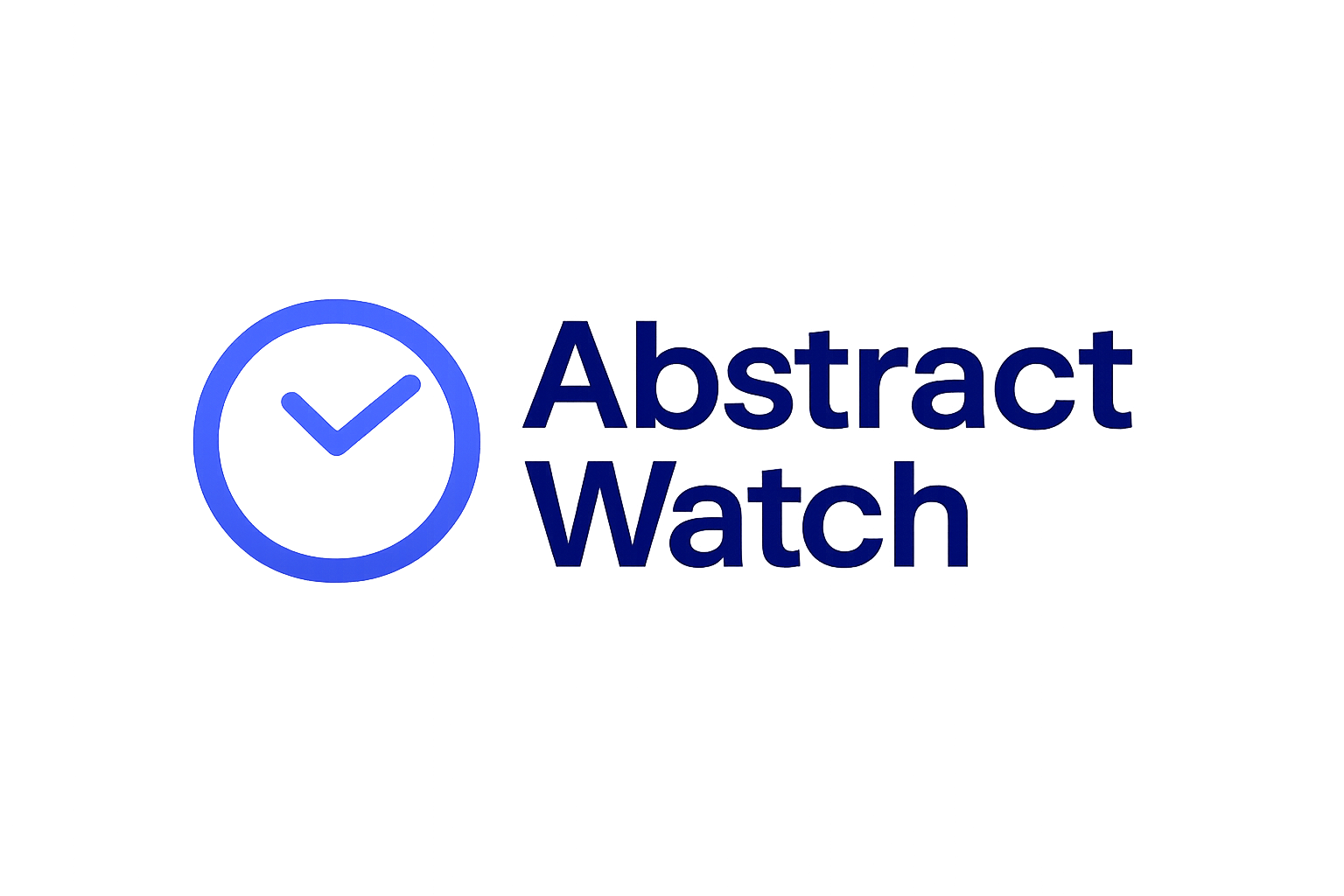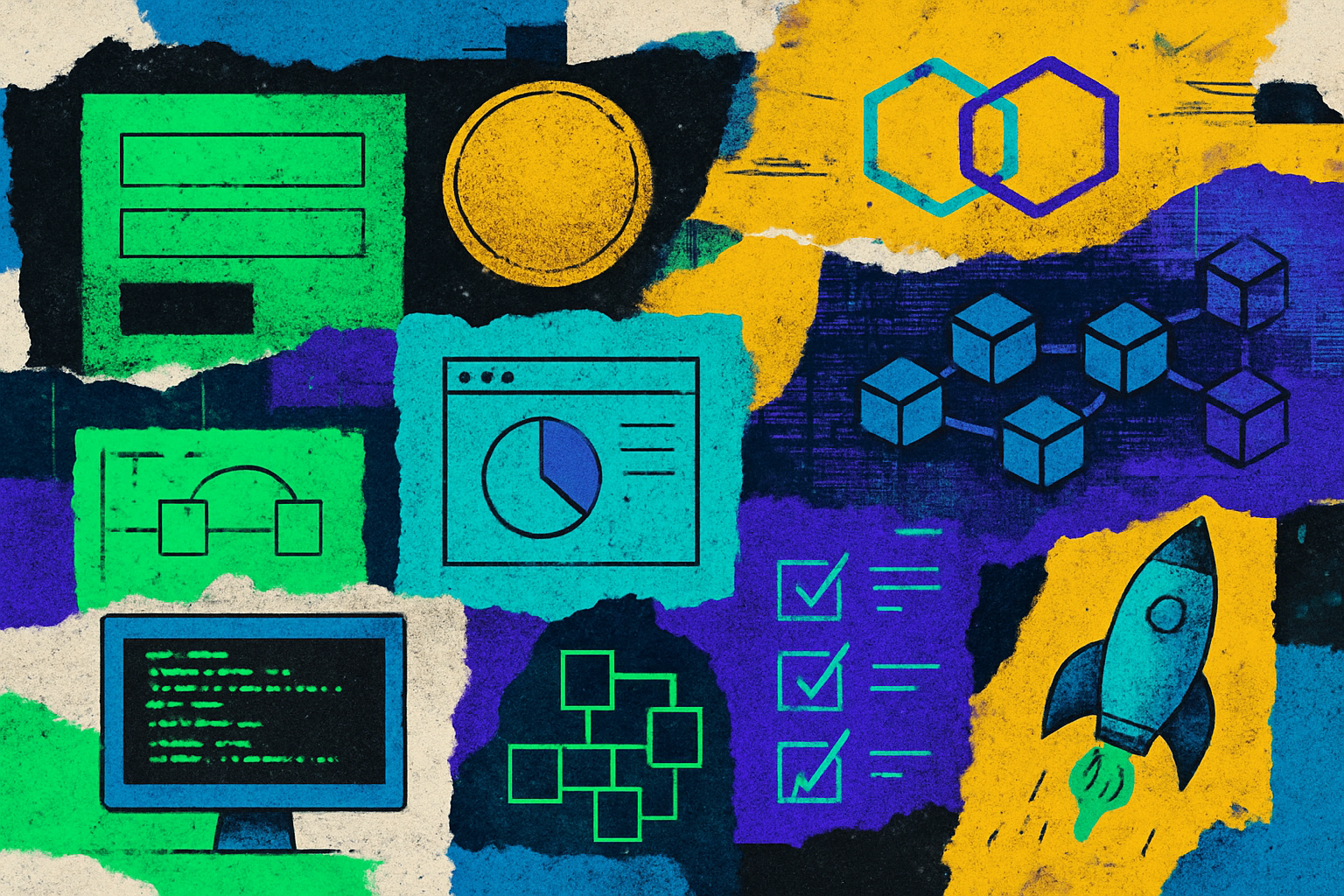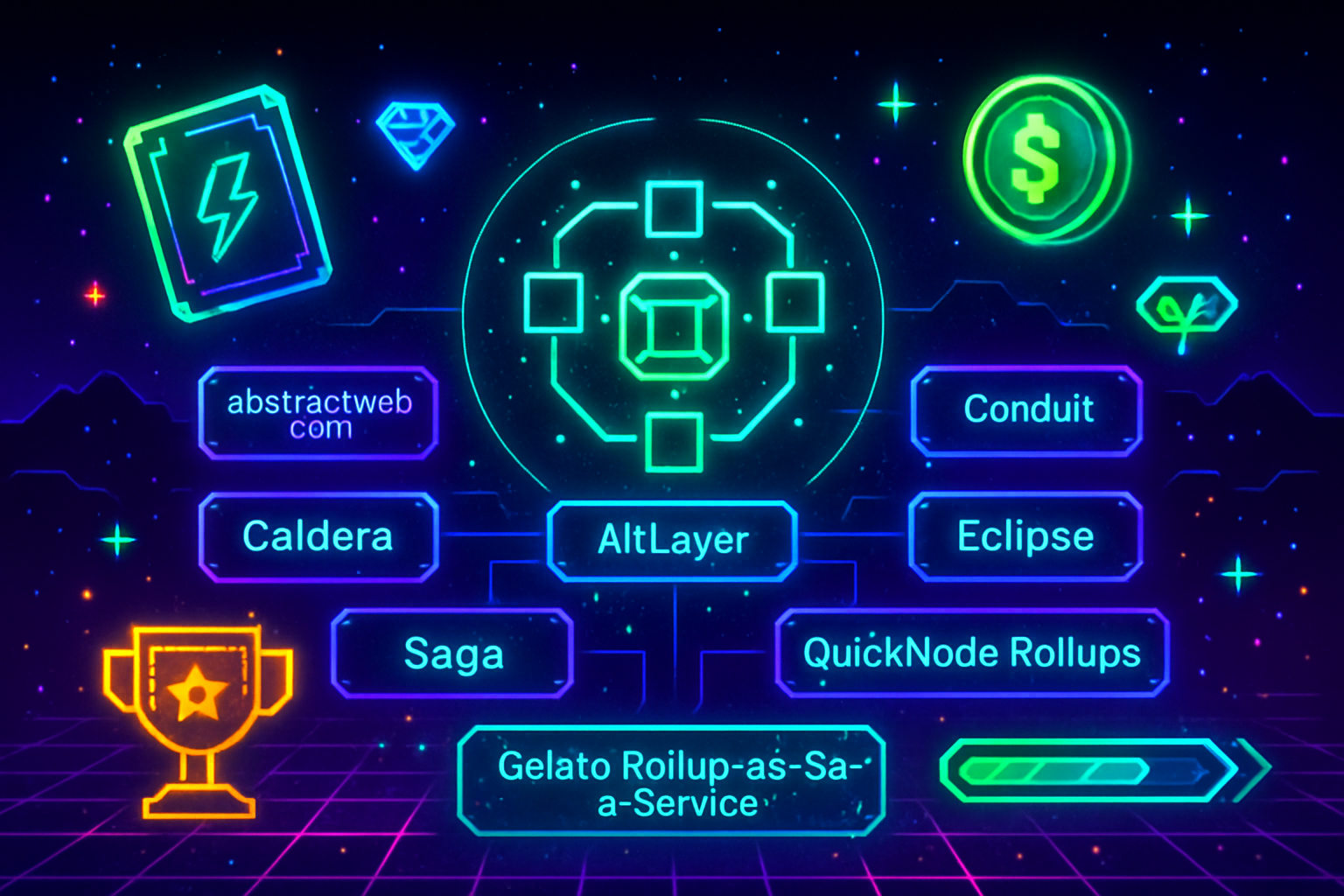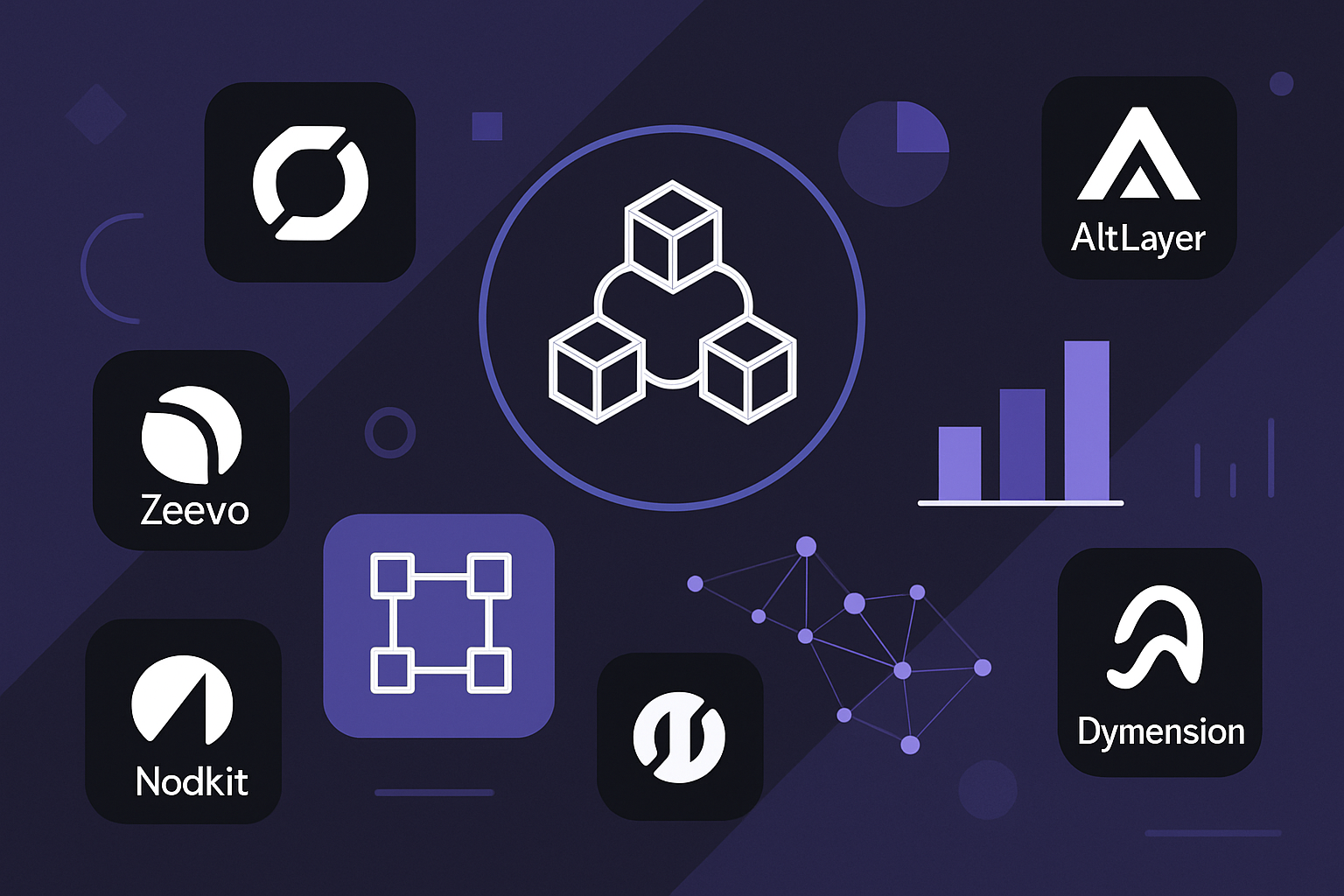
Appchain adoption in Web3 is at a pivotal inflection point. The introduction of one-click rollup deployment solutions is catalyzing a new era, where launching a custom blockchain or application-specific chain is no longer confined to elite engineering teams. Today’s Rollup-as-a-Service (RaaS) platforms abstract away the complexity, letting builders focus on user experience and innovation rather than infrastructure headaches.
![]()
Rollups-as-a-Service: The Engine Behind Seamless Appchain Launches
Rollups are purpose-built blockchains that sit atop Layer 1 networks like Ethereum or Polkadot, moving computation and data offchain to drastically improve throughput and reduce costs. Historically, deploying these rollups required deep protocol knowledge, time-consuming audits, and significant capital outlay. RaaS platforms have changed the game by offering pre-configured templates, enterprise-grade infrastructure, and managed security, making customized rollup deployment accessible to startups and established enterprises alike.
Platforms such as Instanodes, Zeeve, QuickNode, and Tanssi Network now offer one-click deployment, allowing users to spin up Optimistic or zk-rollups in minutes. These solutions include built-in monitoring tools, auto-scaling infrastructure, liquidity integrations, and modular governance options. The result? Dramatically reduced time-to-market for new Web3 projects and an explosion of experimentation across DeFi, gaming, NFTs, and beyond.
No-Code Rollups: Lowering Barriers for Web3 Builders
The most transformative shift in 2025 has been the rise of no-code rollup deployment stacks. Polkadot’s recent launch of its Deployment Portal (PDP), developed with Parity Technologies and Asphere (Ankr’s enterprise arm), epitomizes this movement. Builders can now select from EVM-compatible or DeFi-focused templates and deploy fully operational rollups, complete with built-in liquidity pools, without writing a single line of code.
This democratization is not just about speed; it’s about inclusivity. Non-technical founders can now participate in Web3 innovation alongside seasoned developers. According to industry analysis, these no-code platforms are fueling an unprecedented diversity of dApps and protocols entering the market.
Tanssi Network and Instanodes: Infrastructure That Scales With You
Tanssi Network has set a new standard for decentralized infrastructure by enabling appchains to launch in under five minutes. Its architecture includes ready-to-use validator sets, RPC endpoints, sequencers, explorers, and supports custom logic for fees or governance tweaks. This fully isolated environment enhances both stability and security while eliminating many operational risks associated with traditional blockchain launches.
Instanodes takes this further by offering managed RaaS with SDKs for popular stacks like OP Stack and Polygon CDK. Users benefit from plug-and-play tools that cover onboarding, real-time analytics, auto-scaling resources, even continuous maintenance, all via an intuitive dashboard that supports true one-click deployment.
The net effect? Projects can iterate faster without compromising on performance or security, a crucial edge in today’s hypercompetitive Web3 landscape.
The strategic impact of these advancements cannot be overstated. As RaaS platforms like Instanodes and Tanssi Network abstract away operational complexity, teams are freed to focus on product-market fit, user acquisition, and protocol innovation. Speed-to-launch is now measured in minutes, not months. This shift is fueling a virtuous cycle: more projects launch, the ecosystem grows richer, and network effects accelerate adoption across verticals from DeFi to gaming.
What’s equally significant is the security and reliability provided by these platforms. Managed infrastructure means that even smaller teams can access enterprise-grade uptime, automated monitoring, and rapid incident response, capabilities once reserved for deep-pocketed incumbents. The inclusion of modular governance tools and customizable fee structures further empowers projects to tailor their rollups to evolving business goals.
The Future of Web3: Frictionless Appchain Deployment
With the rise of one-click rollup deployment, the Web3 landscape is no longer gated by technical expertise or prohibitive costs. Platforms like Polkadot’s PDP and Asphere’s no-code stack have created an environment where anyone with a vision can launch a secure, scalable appchain in minutes. This democratization is already manifesting in a surge of new protocols, each leveraging custom logic, governance models, and liquidity integrations previously out of reach for most builders.
For teams evaluating their options, the decision increasingly comes down to strategic alignment: which RaaS platform best matches their technical needs and growth trajectory? Whether it’s leveraging abstract rollups for rapid scaling, or selecting a specialized template optimized for DeFi or gaming, the ecosystem now offers tailored solutions at every stage of development.
The implications extend beyond just developer experience. By reducing time-to-market and operational overheads, one-click rollup deployment unlocks experimentation at scale, enabling more diverse dApps to reach users faster than ever before. This agility is critical as competition intensifies across L1s and L2s; projects that can iterate quickly will be best positioned to capture emerging opportunities.
Ultimately, as RaaS platforms continue to mature, with richer SDKs, enhanced analytics, and seamless interoperability, the barriers between idea and execution will all but disappear. The next wave of Web3 adoption will be shaped by those who harness these tools most effectively.





